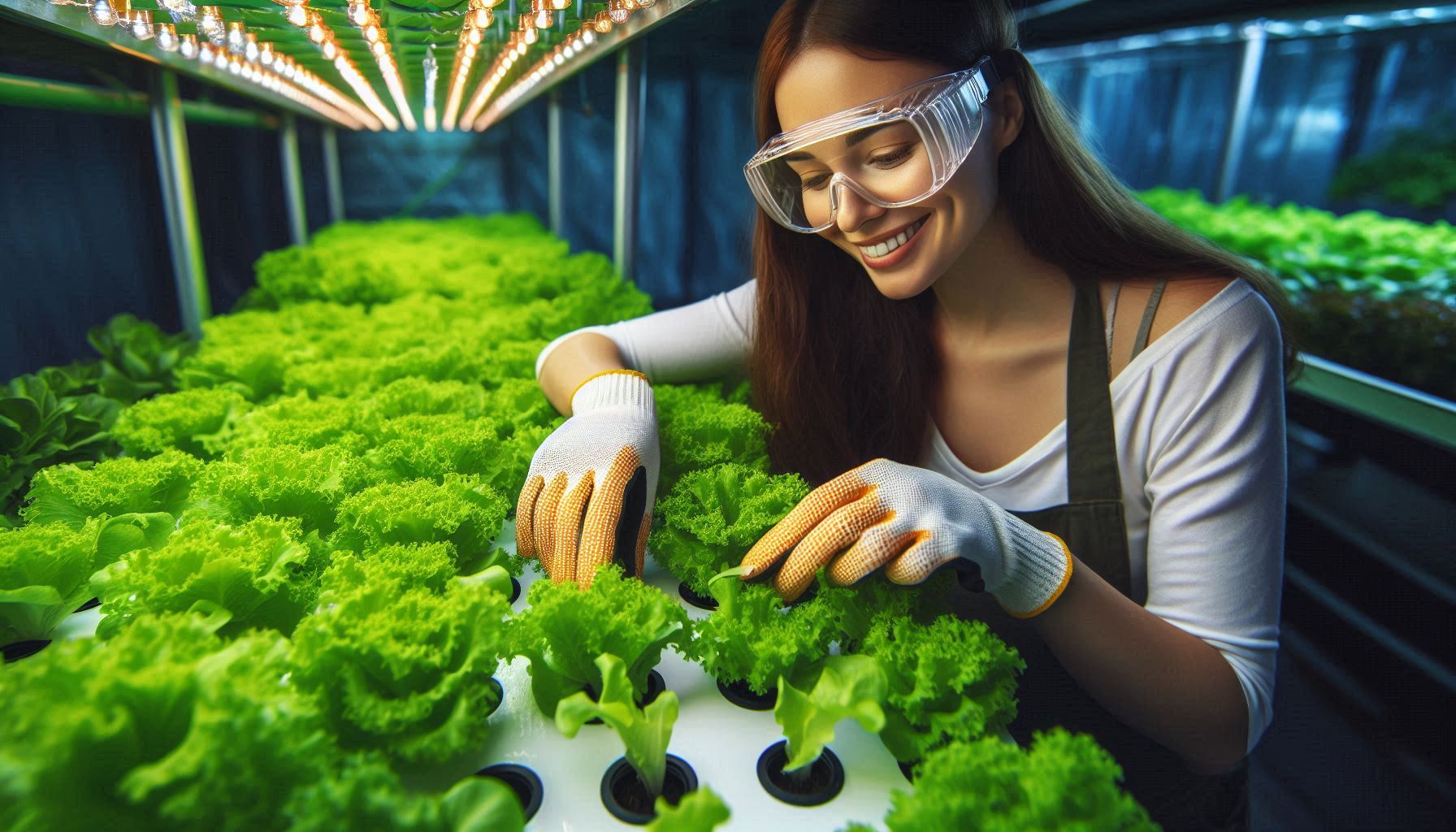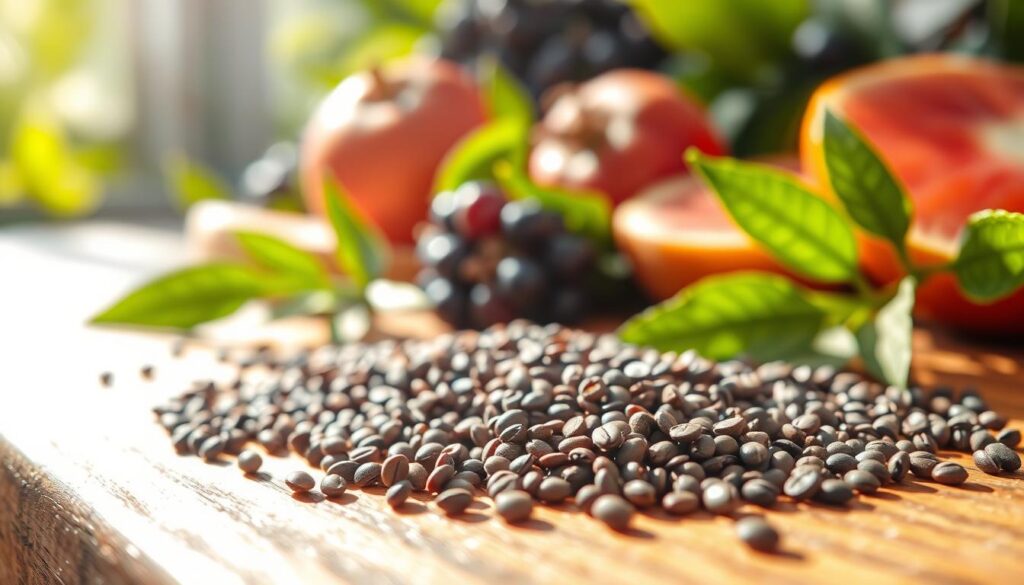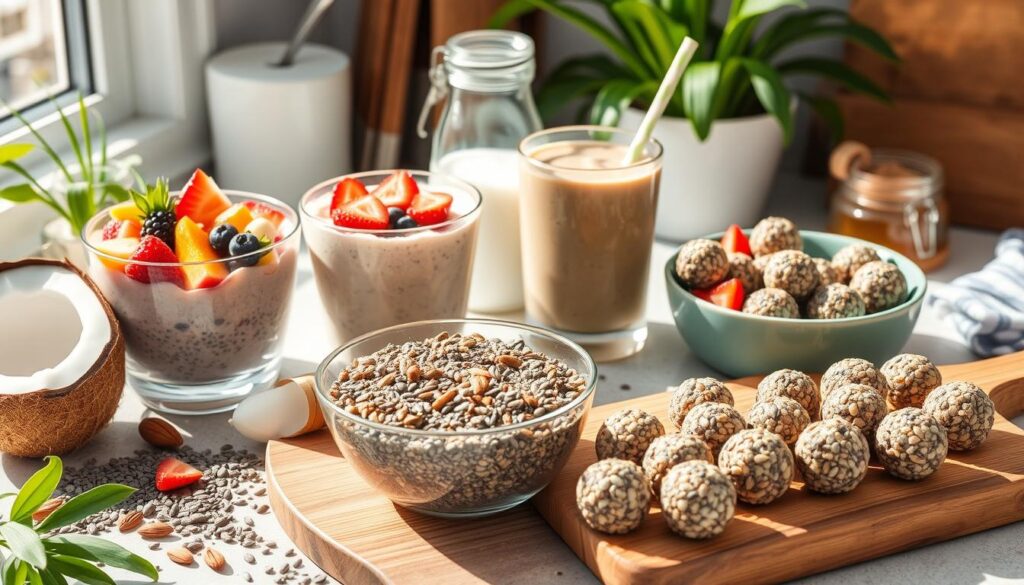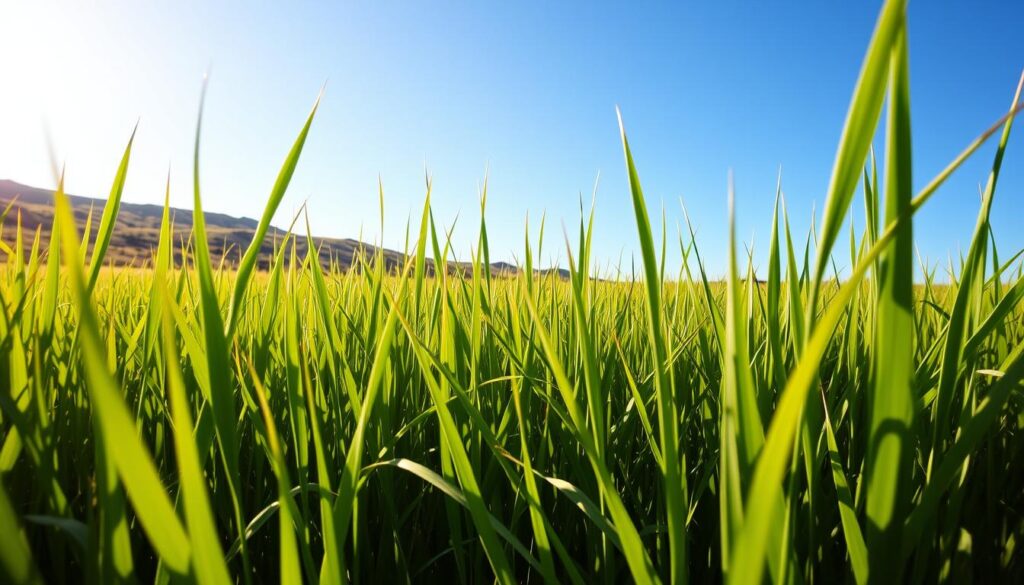
Hydroponic Grow Op – Introduction
The idea behind a hydroponic grow op is that nutrients are delivered to the roots by water – no soil required! It’s an efficient and scalable technology that’s gaining steam in 2025 for anyone who is a home grower or running a commercial system. No more soil means plants grow faster and yields are generally higher. Hydroponic systems can grow fresh herbs, leafy greens – and cannabis – in any kind of indoor or urban farming.
Learn about the key components of a hydroponic grow op – from choosing the right system & optimizing growth conditions to troubleshooting common issues. This article is for anybody starting out or wanting to improve on an existing setup.
How Do You Make a Hydroponic Grow Op Work?
In a hydroponic grow op, nutrients are delivered via water instead of soil. Some plants grow in suspension in nutrient-rich water. What makes hydroponics different and effective:
No Soil Needed: Hydroponic systems eliminate soil quality variability so plant growth is uniform and predictable. Faster Growth: The nutrients arrive directly at the roots where plants can take them up faster compared to soil-grown plants. Water Efficiency: Water is recirculated within hydroponic grow ops which use up to 90% much less water than conventional farming methods. Space Efficiency: Ideal for urban farming, hydroponic setups require less space and allow vertical farming. It’s great for areas where outdoor gardening is impossible. For controlled environments like greenhouses or indoor grow rooms hydroponics is best. Farming is becoming more urban in the future and hydroponics offers scalable solutions for a healthy agriculture.
Choosing the Right Hydroponic System for Your Grow Op
Choosing the right system is important when setting up a hydroponic grow op. All these systems have advantages based on the plant type you would like to grow and your budget. The most common types are outlined below :
1. Deep Water Culture (DWC)
- How it Works: Roots of plants are submerged in the solution in a reservoir of nutrient-rich water.
- Best For: Beginners; ideal for leafy greens and fast-growing plants.
- Advantages: Its very simple to set up and maintain, cost-effective.
- Disadvantages: It requires a consistent aeration to prevent root rot.
2. Nutrient Film Technique (NFT)
- How it Works: A film of water containing nutrients falls over the roots suspended in a grow tray.
- Best For: Commercial growers; suitable for light plants like herbs.
- Advantages: Efficient use of water and nutrients.
- Disadvantages: Can be prone to clogging, roots may dry out if the system fails.
3. Ebb and Flow (Flood and Drain)
- How it Works: Nutrient solution may periodically flood the grow tray before draining back into a reservoir.
- Best For: Larger plants; versatile for a wide variety of crops.
- Advantages: Offers oxygen-rich environments for roots, adaptable.
- Disadvantages: More complex setup; potential for overwatering issues.
4. Aeroponics
- How it Works: Roots are suspended in air and occasionally a nutrient mist is sprayed on them.
- Best For: Advanced growers; high-yield crops like tomatoes or strawberries.
- Advantages: Maximizes oxygen exposure to roots, encourages fast growth.
- Disadvantages: High maintenance and cost.
Setting Up a Hydroponic Grow Op: Step-by-Step Guide
To establish a thriving hydroponic grow op, it’s important to follow a structured plan:
1. Choose the Location
- Indoors vs. Outdoors: Most hydroponic setups thrive indoors where you can control temperature, light, and humidity. Ideal spaces include spare rooms, basements, or greenhouses.
2. Gather Essential Equipment
- Lighting: LED grow lights are the preferred choice for energy efficiency and optimal plant growth.
- Nutrient Solution: Choose a balanced nutrient mix tailored to the specific plants you’re growing.
- Air and Water Pumps: Ensures adequate aeration and circulation in the system to prevent stagnation and root issues.
3. Prepare the Grow Medium
- Coco Coir and perlite are popular choices for hydroponics, providing stability for the plant roots while still allowing nutrient absorption.
4. Set Up Your Hydroponic System
- Follow the specific setup instructions based on the system you’ve chosen. Make sure to check for leaks, proper aeration, and a consistent nutrient flow.
5. Monitor and Maintain
- Regularly check the pH levels and nutrient concentration in the water to ensure your plants are receiving the right balance for growth.
Common Problems in Hydroponic Grow Ops and How to Fix Them
Like any growing method, a hydroponic grow op has its challenges. Common problems and how to resolve them :
1. Root Rot
- Cause: Poor oxygenation or overwatering.
- Solution: Ensure proper aeration with air stones and use a well-aerated grow medium.
2. Algae Growth
- Cause: Excessive light exposure to the nutrient solution.
- Solution: Cover reservoirs and reduce light penetration to prevent algae buildup.
3. Nutrient Imbalance
- Cause: Incorrect pH or nutrient mix.
- Solution: Regularly test and adjust the pH to between 5.5 and 6.5, depending on plant needs.
FAQs – Hydroponic Grow Op
- What is a hydroponic grow op?
- Hydroponic grow op is a system where plants grow without soil but with nutrient rich water.
- Is hydroponic growing better than traditional farming?
- Hydroponics saves money in water use and allows faster growth, but traditional farming has its benefits depending on the crop and scale.
- What plants grow best in a hydroponic system?
- Veggie leaves and greens, herbs and fast growing plants like lettuce, spinach and basil are ideal for hydroponics.
- How much space do I need for a hydroponic grow op?
- The amount of space depends on your system and goals. Compact setups fit in small indoor areas while larger systems need more room.
- Is hydroponic farming expensive to start?
- Equipment can make the initial cost higher but savings over the long term on water and soil can cover those costs.
- Do hydroponic plants grow faster than soil-grown plants?
- Yes, hydroponic plants usually grow faster because they have direct access to nutrients & water.
- Can I grow hydroponic plants without artificial lights?
- Natural light may be used but for indoor setups, artificial light such as LEDs may be required for stable growth.
- How do I control pests in a hydroponic grow op?
- Use natural methods like neem oil or ladybugs to control pests.
- Do hydroponic systems use more water than traditional farming?
- Yes. hydroponic systems require 90% less water than soil farming because of water recirculation.
- Can I automate my hydroponic grow op?
- Yes, many growers automate nutrient delivery, light management and pH monitoring.









